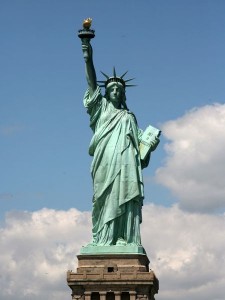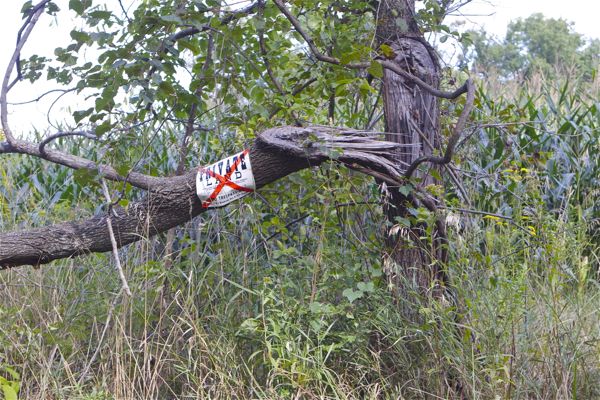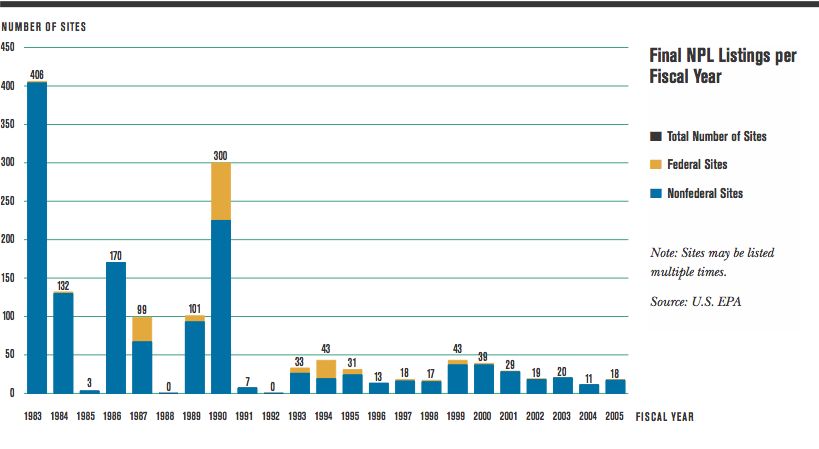Christie DEP Installs Pay Per Pavilion At Liberty State Park
(above photo originally posted in “Birds Eye View – Liberty State Park” – March 1, 2008)
 “Keep, ancient lands, your storied pomp!” cries she
“Keep, ancient lands, your storied pomp!” cries she
With silent lips. “Give me your tired, your poor,
Your huddled masses yearning to breathe free,
The wretched refuse of your teeming shore.
Send these, the homeless, tempest-tost to me,
I lift my lamp beside the golden door!”
~~~ The New Colossus
I’m no longer shocked by the DEP press releases I get – although yesterday’s celebration of a new “Margaritaville” development in Atlantic City was a doosey. What the hell were they thinking? Welcome to the Christie/Martin DEP, where they really do literally promote economic development.
But today I want to go back to last week’s DEP press release, touting the opening of “Picnic Pavilions” at Liberty State Park.
DEP described the Pavilions as “eco-friendly amenities with dramatic views of the Statue of Liberty and the New York City skyline” that “mark the Christie Administration’s commitment to make State Parks more Sustainable”. (“Keep, ancient lands, your storied pomp!”)
Aside from exposing the Administration’s conception of the “sustainability” of public parks as narrowly limited to cash flows, the press release forgot to mention the shiny new $125 – $175 fees (I lift my lamp beside the golden door!)
My guess is that there are many Jersey City and nearby families that can’t afford to shell out $175 for a family picnic. I know I can’t – can you? (Give me your tired, your poor, Your huddled masses yearning to breathe free …)
And the Pavilions are dedicated, restrictive, exclusive spaces that are carved out of and set aside from the rest of the State park. They are closed to the non-fee paying public when not in use by private groups who now pay fees. (Your huddled masses yearning to breathe free, The wretched refuse of your teeming shore …)
(and what ever became of those full market based fees DEP was directed by Legislation to collect on corporations using public lands to generate multimillion dollar profits from oil and gas pipelines and electric power lines? (Send these, the homeless, tempest-tost to me …)
The new exclusive Pavilions and those new $175 fees reminded me that it just so happens that DEP Commissioner Robert Martin has the same initials – RM – of another far more notorious and towering historic figure in public parks in the region: yes, RM – Robert Moses, aka “The Power Broker”.
That recognition of parallels – historical echoes? – prompted a revisit to Robert Caro’s classic biography of Moses, particularly to recall how Moses used park financing and fees (and many other intolerable tactics) to keep blacks and poor people out of his parks. In this infamous passage, Caro tells us Moses did ugly stuff like this:
[NY State Governor Franklin Delano] Roosevelt wouldn’t interfere even when he found out Moses was discouraging Negroes (sic) from using many of his state parks.
Underlying Moses’ strikingly strict policies for cleanliness in his parks was, Frances Perkins realized with “shock”, deep distaste for the public that was using them. “He doesn’t love the people” she was to say. “It used to shock me, because he was doing all those things for the welfare of the people, … He’d denounce the common people terribly. To him they were lousy, dirty people, throwing bottles all over Jones Beach….. He loved the public, but not as people.” […] Now he began taking measures to limit the use of his parks. He had restricted the use of state parks by poor and lower middle class families in the first place, by limiting access to the parks by rapid transit; he had vetoed the Long Island Rail Road’s proposed construction of a branch spur to Jones Beach for this reason. Now he began to limit access by buses; he instructed Shapiro to build the bridges across his new parkways low – too low for buses to pass. Bus trips therefore had to be made on local roads, making the trip discouraging long and arduous. For Negroes, whom he considered inherently “dirty”, there were further measures. Buses needed permits to enter state parks; buses chartered by Negro groups found it very difficult to obtain permits, particularly to Moses’ beloved Jones Beach; most were shunted to parks many miles further out on Long Island. And even in these parks, buses carrying Negro groups were shunted to the furthest reaches of the parking areas. And Negroes were discouraged from using “white” beach areas – the best beaches by a system Shapiro calls “flagging”; …. Moses was convinced that Negroes did not like cold water; the temperature at the pool at Jones Beach was deliberately icy to keep Negroes out. When Negro civic groups from the hot New York City slums began to complain about this treatment, Roosevelt ordered an investigation and an aid confirmed that “Bob Moses is seeking to discourage large Negro parties from picnicking at Jones Beach, attempting to divert them to some other of the state parks.” Roosevelt gingerly raised the matter with Moses, who denied the charge violently – and the Governor never raised the matter again. (Caro @ p. 242-243)
Shades of history repeating? (and don’t forget those new DEP public access rules)
Read the important documents below, from our friends at PEER
NO FREE LUNCH AT LIBERTY PARK PAVILIONS
New Jersey Will Charge Up to $225 for Sheltered Picnic Areas with Iconic Views
Trenton — In opening a new facet of what it called the “jewel in the New Jersey State Park system,” the state is lowballing that it will charge families between $125 and $225 to picnic in the only sheltered areas in Liberty State Park. Although the picnic pavilions were built almost entirely with taxpayer funds, the stiff fees are part of Governor Chris Christie’s “Sustainable Parks Plan.”
Last week, the state unveiled its new picnic area featuring dramatic views of the Statue of Liberty and the New York City skyline inside Liberty State Park. The two new pavilions, called the Freedom Field Picnic Pavilions, have a total capacity of around 200 visitors and are the only sheltered picnic areas in the park.
The structures cost $1.8 million financed by tax funds, public grants and donations. Each pavilion has lights, outlets and charcoal grills. They share one “eco-friendly” restroom facility “with translucent walls providing natural light, waterless urinals, low-water use toilets and electric hand dryers instead of paper towel dispensers,” according to the Department of Environmental Protection (DEP) press release.
While the DEP press release mentions that an “affordable day-use fee for each pavilion will be applied,” it does not specify the amount. Neither does the park website. An inquiry by PEER revealed that the day-use charge for New Jersey residents will be between $125 and $175 for the not-so-free Freedom Field Pavilions. Out-of-staters would be charged between $175 and $225.
“These high fees price a picnic in the park beyond the reach of many New Jersey families,” stated New Jersey PEER Director Bill Wolfe, noting that the Christie “Sustainable Parks Plan” seeks to transform state parks from amenities into profit centers. “Restricting use of public parks facilities to the exclusive reserved use of paying ‘customers’ harkens back to the Gilded Age – the concept is anathema to the notion of a public park.”
In contrast to steep fees imposed on picnickers, DEP is still not collecting fair market value on hundreds of corporate leases, easements and concessions on state parklands, thus forfeiting millions of dollars. In an August 2011 report, the state pledged to do better but still has not modified flawed regulations or sweetheart easements and lease contracts to reflect fair market value.
“While saying parks should be run like a business, the Christie folks neglect the most basic business principles, such as charging fair rents and then remembering to collect them.” Wolfe added, noting that higher user fees at places like Liberty Pavilions are a highly regressive and inefficient way to raise park revenues. “The Christie Sustainable Parks Plan should be called the Corporate Subsidy Parks Plan.”
###
Read the DEP press release announcing the new pavilions
Look at the park website which does not mention fees
See discounts given to corporate users of park facilities
Look at state report of principles but no action
New Jersey PEER is a state chapter of a national alliance of state and federal agency resource professionals working to ensure environmental ethics and government accountability





